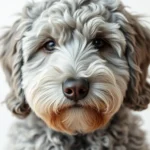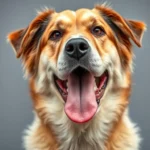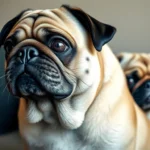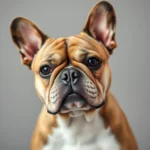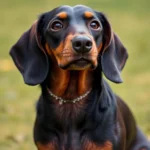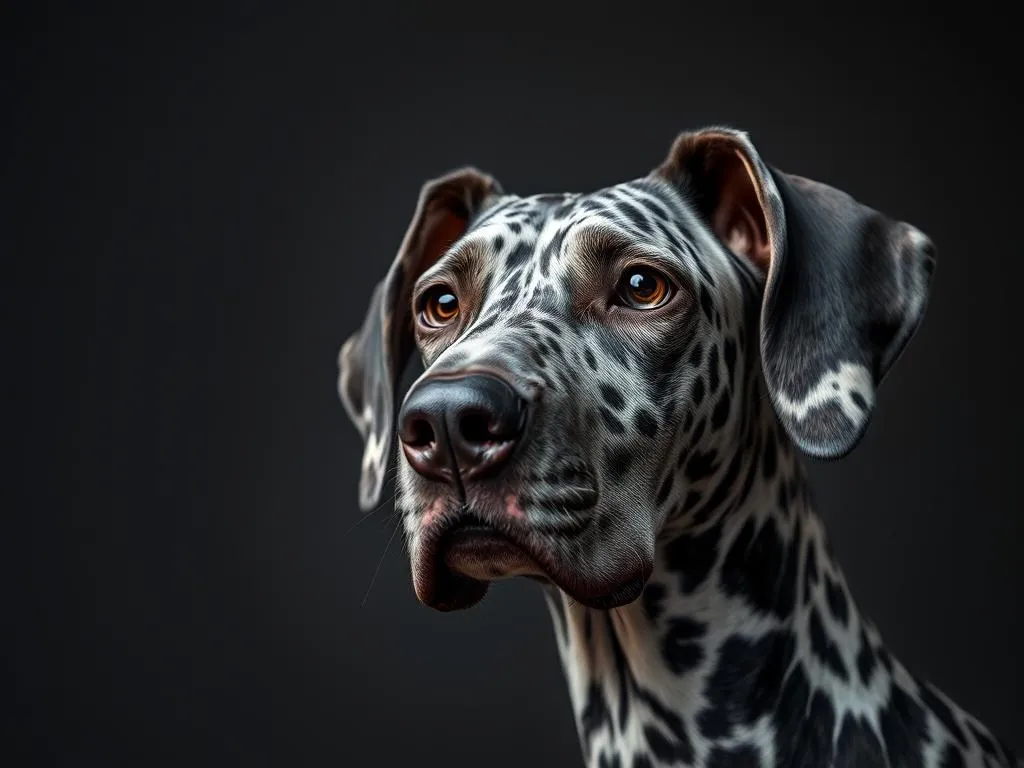
Introduction
The Great Dane is undoubtedly one of the most impressive dog breeds, known for its towering height and gentle temperament. Often referred to as the “gentle giant,” these dogs have captured the hearts of many dog lovers around the world. Understanding the unique characteristics and needs of this breed is crucial for potential owners and enthusiasts alike. This article aims to provide a wealth of Great Dane facts, covering everything from their history and physical traits to care requirements and common misconceptions.
History of the Great Dane
The origins of the Great Dane can be traced back to ancient times, with ancestors believed to be a mix of the Mastiff and Greyhound. These dogs were initially bred for hunting large game, such as boar and deer, showcasing their strength and agility.
Ancestry and Historical Use
The breed’s ancestry is steeped in mystery, but it is widely accepted that the Great Dane descends from ancient hunting dogs used by the Romans and the Greeks. Historical evidence suggests that similar large breeds existed in these cultures, primarily for hunting and protection.
Development in Europe
During the Middle Ages, the Great Dane was developed further in Europe, particularly in Germany, where they were refined to enhance their size and temperament. By the 18th century, Great Danes were recognized for their noble appearance and were often seen accompanying royalty and nobility.
Recognition and Popularity
The Great Dane gained formal recognition as a breed in the late 19th century. The American Kennel Club (AKC) officially recognized the breed in 1887, and since then, they have grown in popularity as family pets and show dogs. Notably, historical figures such as King Frederick of Prussia and even the famous cartoon character Scooby-Doo have contributed to the breed’s popularity.
Physical Characteristics
Size and Weight
The Great Dane is renowned for its impressive size. Males typically stand between 30 to 34 inches tall at the shoulder and weigh between 140 to 175 pounds. Females are slightly smaller, ranging from 28 to 32 inches in height and weighing between 110 to 145 pounds. This makes them one of the largest dog breeds, often leading to comparisons with other large breeds like the Mastiff and Saint Bernard.
Coat and Color
Great Danes have a short, smooth coat that is easy to maintain. They come in a variety of colors, including:
- Fawn
- Brindle
- Blue
- Black
- Harlequin (white with irregular black patches)
- Mantle (black with white markings)
The diversity in coat color adds to their appeal, but it is essential to note that all colors have specific breed standards that enthusiasts and judges look for in dog shows.
Lifespan and Health Considerations
The average lifespan of a Great Dane ranges from 7 to 10 years. Due to their size, they are prone to certain health issues, including:
- Bloat: A life-threatening condition where the stomach fills with gas and twists.
- Hip Dysplasia: A genetic condition that affects the hip joints, leading to arthritis and pain.
- Heart Problems: Great Danes are susceptible to certain heart conditions, such as dilated cardiomyopathy.
Regular veterinary check-ups and a healthy lifestyle are crucial for managing these risks.
Temperament and Behavior
General Demeanor and Personality Traits
Great Danes are known for their friendly and affectionate nature. They are often described as gentle giants, getting along well with both children and adults. Despite their size, they tend to be quite playful and love to engage with their families.
Interaction with Children and Other Pets
Great Danes are exceptionally good with children, making them an ideal family pet. They are protective but not aggressive, always showing a calm demeanor. Early socialization is essential to ensure they are comfortable around other pets and various environments.
Trainability and Intelligence
When it comes to trainability, Great Danes are intelligent but can also be somewhat stubborn. Consistent training from a young age is essential. Positive reinforcement techniques work best, and keeping training sessions short and engaging will yield better results. Basic obedience commands, leash training, and socialization should be prioritized.
Care and Maintenance
Dietary Needs
Feeding a Great Dane requires careful consideration. They thrive on high-quality dog food formulated for large breeds. It is important to monitor their weight, as obesity can lead to significant health issues. Common dietary needs include:
- A balanced diet rich in protein
- Avoiding overfeeding through portion control
- Ensuring they have access to fresh water at all times
Exercise Requirements
Despite their size, Great Danes do not require excessively strenuous exercise. However, they do need daily walks and playtime to keep them healthy and mentally stimulated. Activities such as:
- Long walks (30-60 minutes daily)
- Play sessions in a secure yard
- Socialization with other dogs
are essential for their well-being.
Grooming and Hygiene
Great Danes have low grooming needs due to their short coats. Regular brushing (once a week) helps to remove loose hair and reduce shedding. Additional grooming needs include:
- Bathing every few months or as needed
- Regular dental care to prevent tooth decay
- Cleaning their ears to avoid infections
Living with a Great Dane
Space and Environment Needs
While Great Danes are large, they can adapt to various living conditions. Ideally, they thrive in homes with ample space to move around. However, they can also live in smaller settings, such as apartments, provided they receive enough exercise.
Cost of Ownership
Owning a Great Dane comes with its costs, including:
- Initial purchase price (which can range from $1,000 to $3,000)
- Ongoing costs for food, grooming, and veterinary care
- Health insurance, which is advisable given their predisposition to certain health issues
Traveling with Great Danes
Traveling with a Great Dane requires careful planning. Always ensure they have a comfortable and secure space in the vehicle. Considerations for travel include:
- Using a sturdy harness or crate
- Ensuring frequent breaks during long trips for bathroom needs and exercise
- Researching pet-friendly accommodations
Common Misconceptions About Great Danes
Myth-Busting Common Stereotypes
Many misconceptions surround the Great Dane breed, including:
-
“Great Danes are aggressive.”: This stereotype is false. Great Danes are typically gentle and friendly, especially when properly trained and socialized.
-
“They need a lot of space.”: While they do appreciate space, they can adapt to smaller living situations as long as they receive adequate exercise.
Clarifying Breed-Specific Traits
Understanding the differences in size and behavior is crucial. Just because a dog is large does not mean it is aggressive or requires vast amounts of space. Great Danes are known for their affectionate and calm demeanor, making them wonderful companions.
Conclusion
In summary, the Great Dane is a remarkable breed that combines size, grace, and a loving temperament. With their rich history, unique physical characteristics, and gentle nature, they make excellent companions for families and individuals alike. Understanding the specific needs and characteristics of Great Danes is essential for anyone considering bringing one into their home. Remember, responsible ownership includes commitment to their health, training, and overall well-being, ensuring that both you and your Great Dane can enjoy a long, happy life together.

